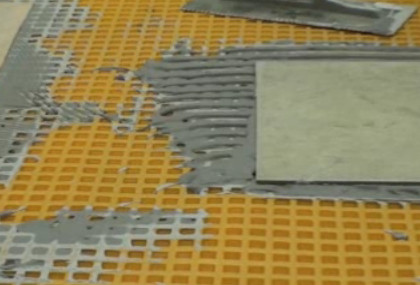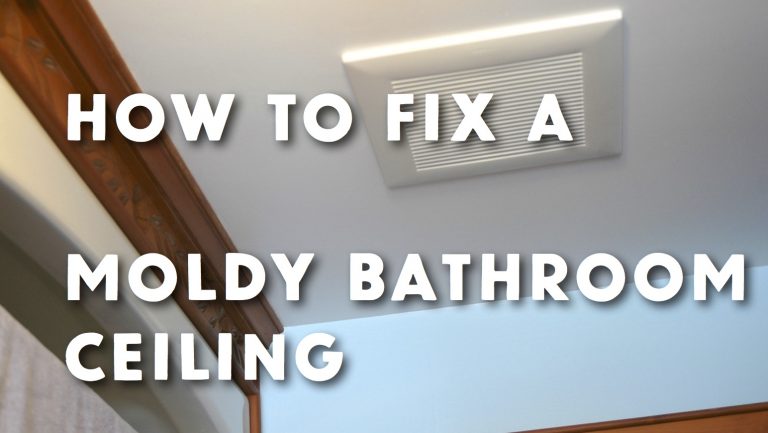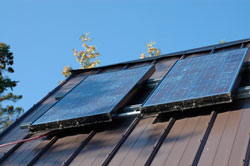
Q: What’s the best way to insulate the double-brick walls of my small bungalow built in 1952? There’s just plaster against the inside layer of brick with no insulation as far as I can tell. I’m having loose fill insulation blown into the attic and I’m considering doing the same thing with the space between inner and outer layers of brick. What are your recommendations?
A: Your plan for attic insulation is great. Where I live in Canada (we get down to -30ºC or -22ºF in winter) and I recommend people aim for at least 22″ of insulation up top. You may choose to put in less if winters are warmer, but truth be told it’s difficult to over-do insulation. Attic insulation pays off big in hot, summer weather, too. Unfortunately, insulating the walls of your house is important but will pose more of a challenge.
I’ve seen a number of small brick bungalows built in the early 1950s, and like yours most are a double wall of brick with an inch of air space between the layers of brick. The challenge is that there isn’t a whole lot of open air space between layers of brick for insulation. Although there’s no easy way to add insulation internally to these walls effectively, you can do some good by injecting slow-rise spray foam between the inner and outer layer of bricks. Watch the video here for a case study on how this kind of foam is used to insulate a previously uninsulated stud frame garage. The same approach would apply to the kind of brick house you have. I definitely would not try to blow loose-fill insulation into the space between bricks. I doubt whether not it would get to all areas, and even if it did the fibres would get wet with condensation and rain water that leaks through the bricks,
A completely different way to add significant insulation value to the walls of your home is by applying rigid pieces of extruded polystyrene foam insulation to the interior face of exterior walls. You can apply new drywall directly over the foam with no need for strapping. This isn’t easy work, and it does require redoing all the trim. The good news is that you only need to do it on exterior walls and it will reduce heating bills a lot. You’ll notice a big difference in comfort, too.












